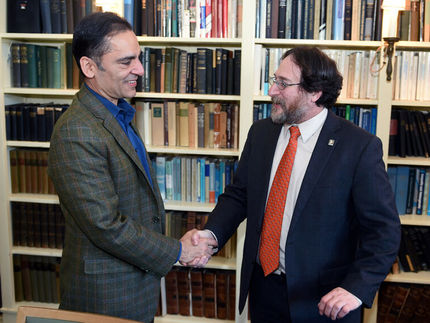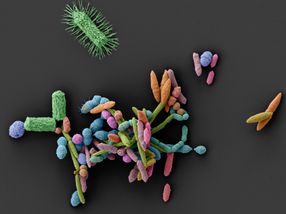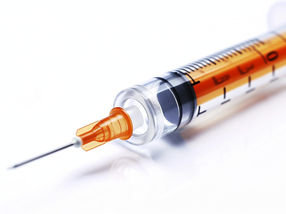QIAGEN Introduces New Tissue Management Standards Targeting Biomedical Cancer Research
Standardization in the processing and archiving of tissue samples facilitates new developments in diagnostics and therapeutics
Advertisement
QIAGEN introduced its new Biomedical Tissue Management System. At the BIO Europe 2006 conference, QIAGEN's CEO Peer Schatz, presented a comprehensive set of integrated solutions which shall standardize the entire workflow for the processing of tissues samples, from the sample collection to data analysis. According to the company, the Biomedical Tissue Management System includes a wide array of QIAGEN products including stabilization solutions to prevent degradation of DNA and RNA, instruments for the release of bio-molecules from tissue samples and technologies for reproducible purification and Polymerase Chain Reaction (PCR), the standard process for making target molecular sequences visible.
"With the Biomedical Tissue Management System QIAGEN now provides a standardized and integrated workflow to overcome existing bottlenecks. Our comprehensive solution package allows new dimensions of data collection and analysis in biomedical research", Mr. Schatz said. "The standardized solutions in our new QIAGEN Biomedical Tissue Management System provide highest compatibility with today's and next generation analytical techniques. They are built to guarantee superior data comparability and therefore lower associated costs as customers involved in these activities can leverage the compatibility of their processes with research networks worldwide. We look forward to thereby contributing to biomedical research and to enabling new discoveries in diagnostics and therapeutics."
The market for Biomedical Tissue Management is expected to grow annually by more than 25%. It addresses customers in academia, pharma- and biotech companies, which make use of tissues for their clinical research. Major starting materials include formalin-fixed, paraffin-embedded (so called FFPE) tissue samples. These tissue samples are archived in huge bio-banks around the world for enhanced drug development based on patients' medical histories. Users in clinical research are often faced with the problem of getting enough usable DNA, RNA and protein out of a sample. More than other materials (e.g. blood or cells), tissue poses significant challenges to the entire sample management. For example, its solid structure makes analytes particularly difficult to stabilize and archive. A standardized sample preparation and stabilization is pre-condition to get reliable and substantial results. Another problem encountered by researchers is to get enough material out of limited sample volumes.




























































